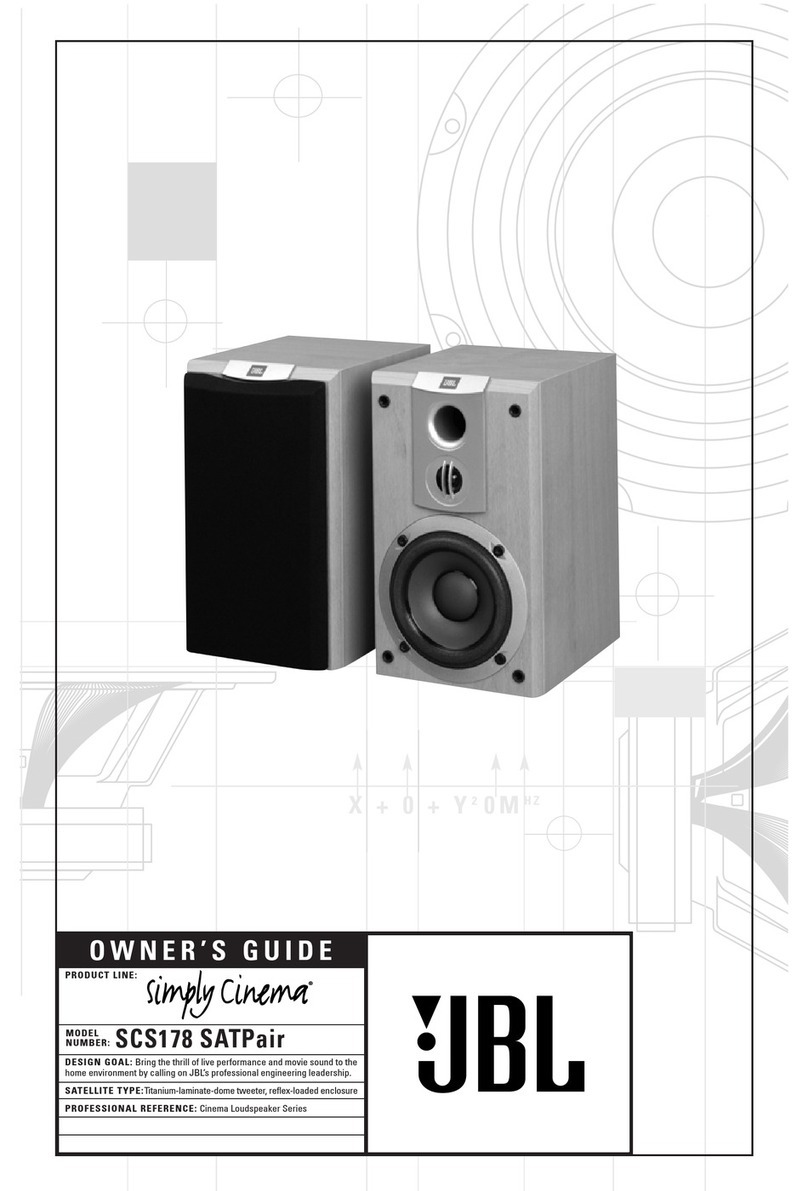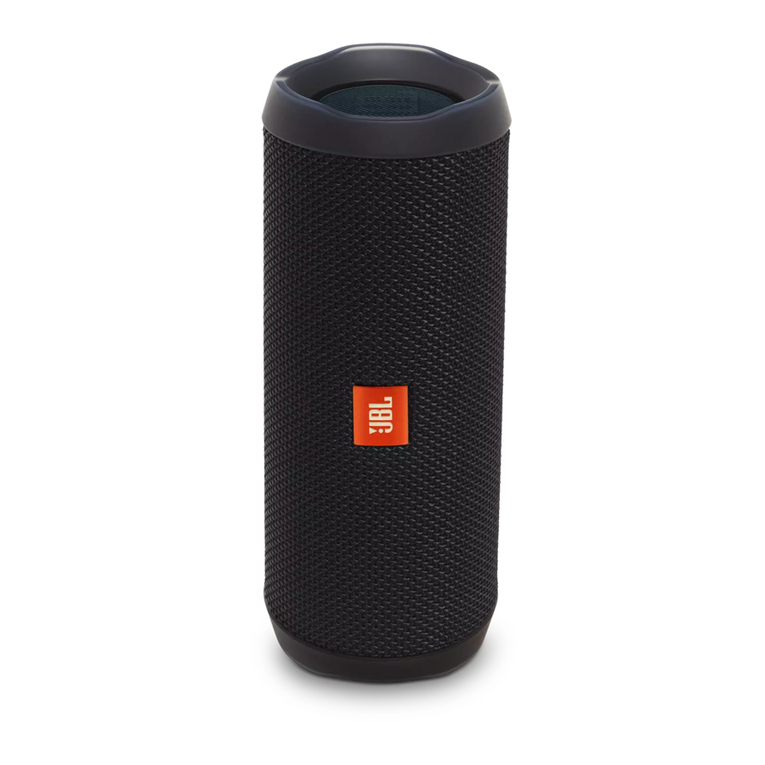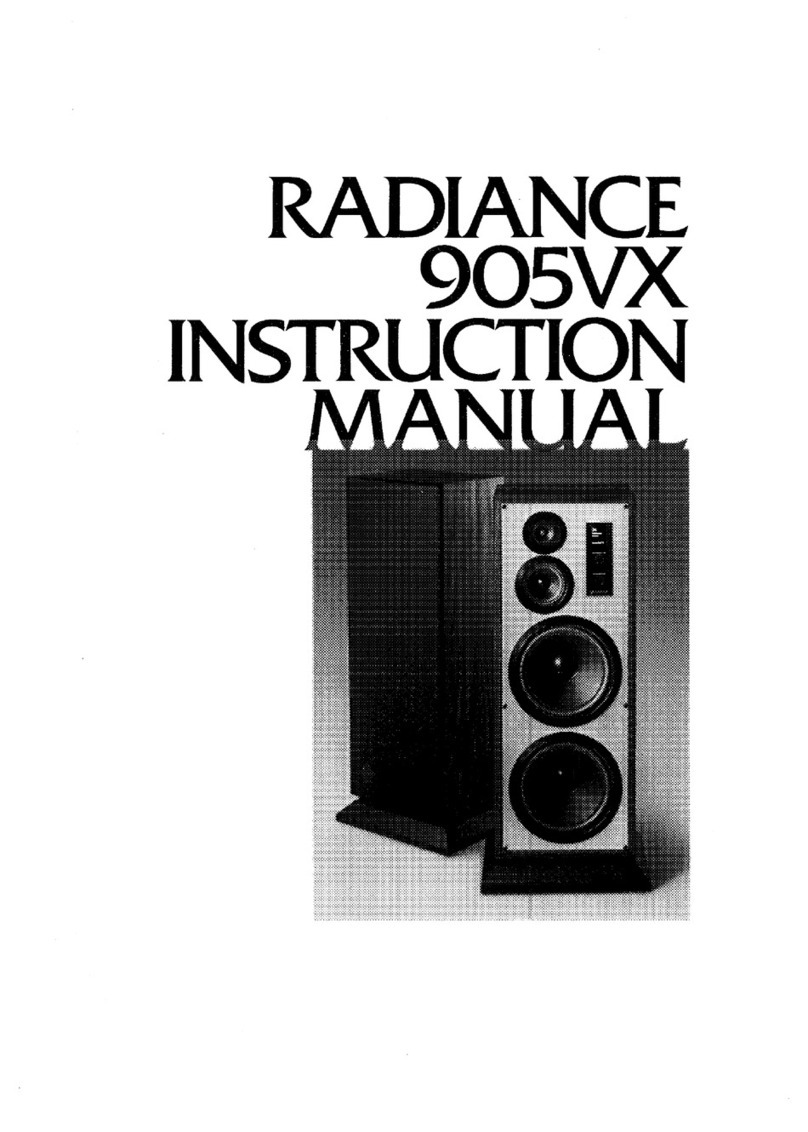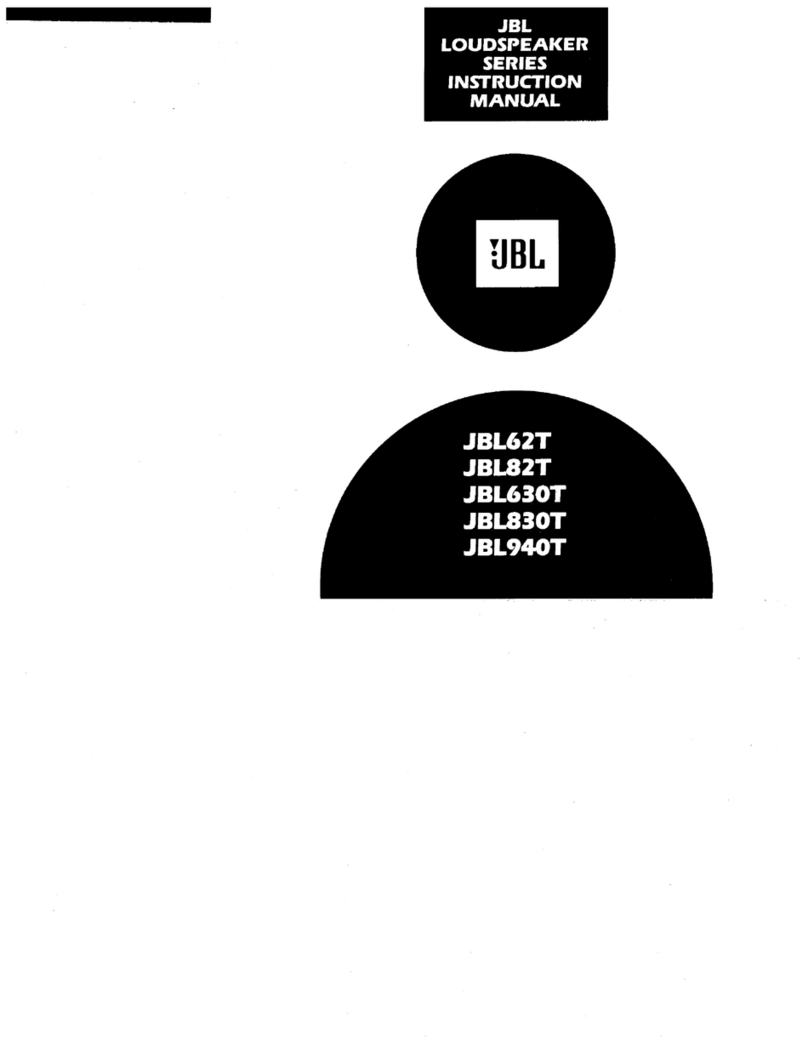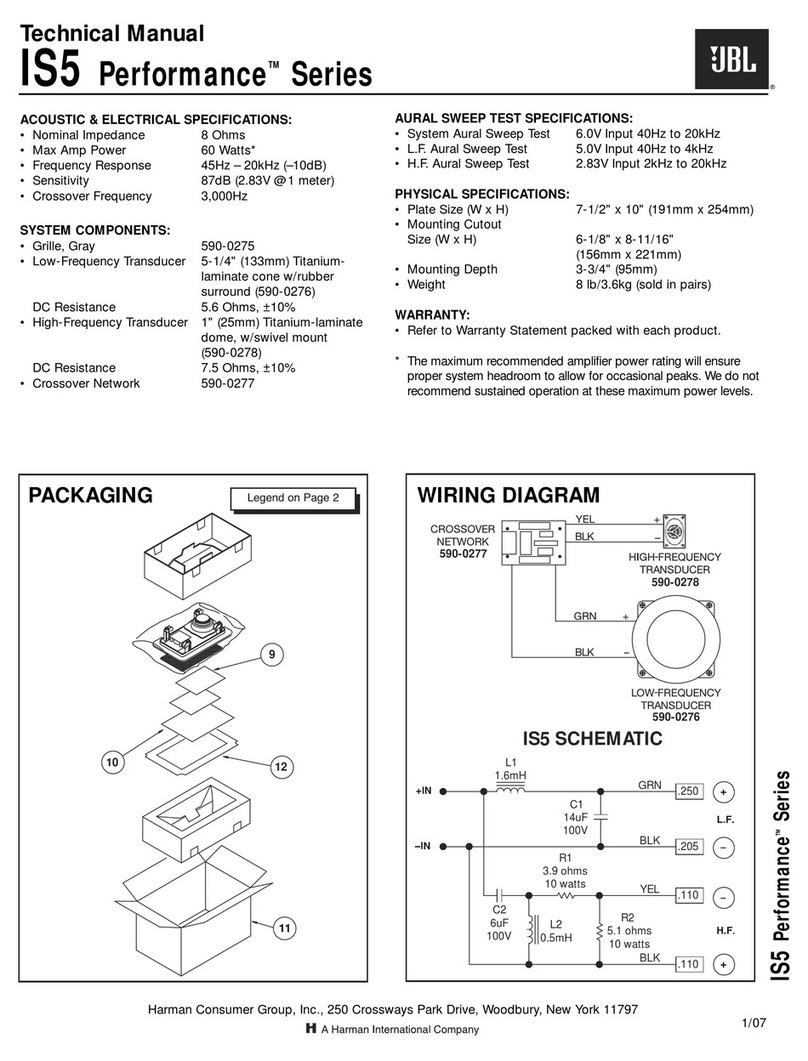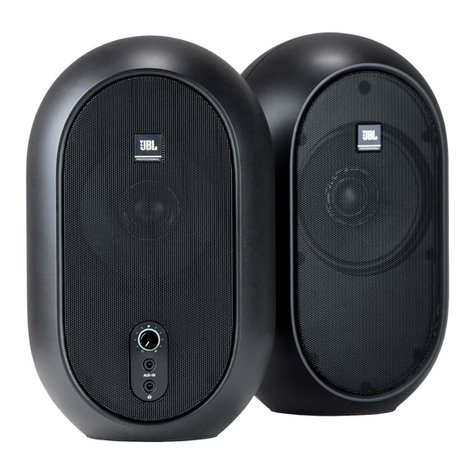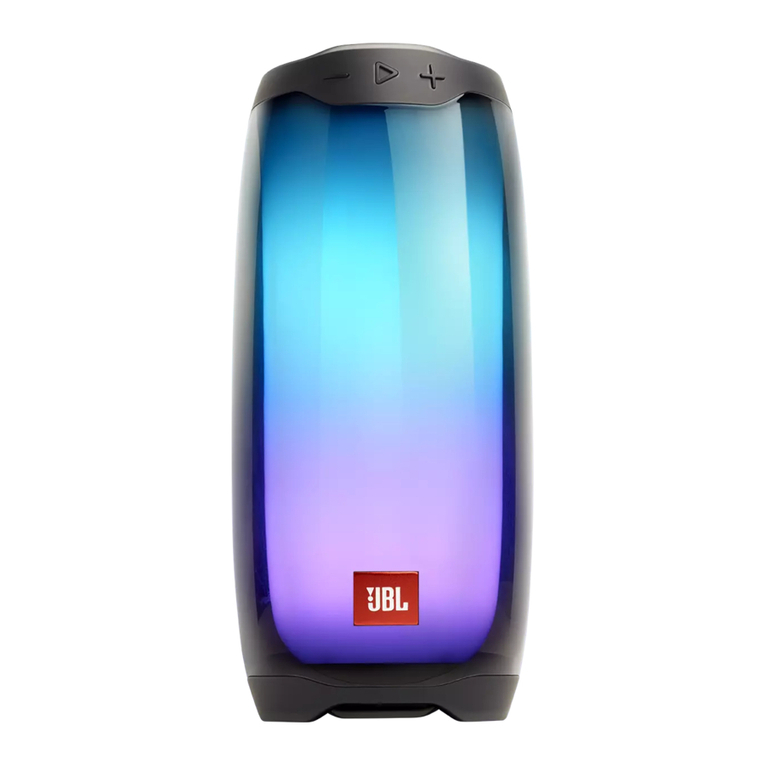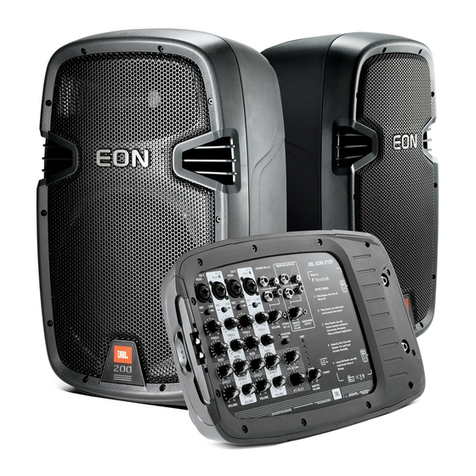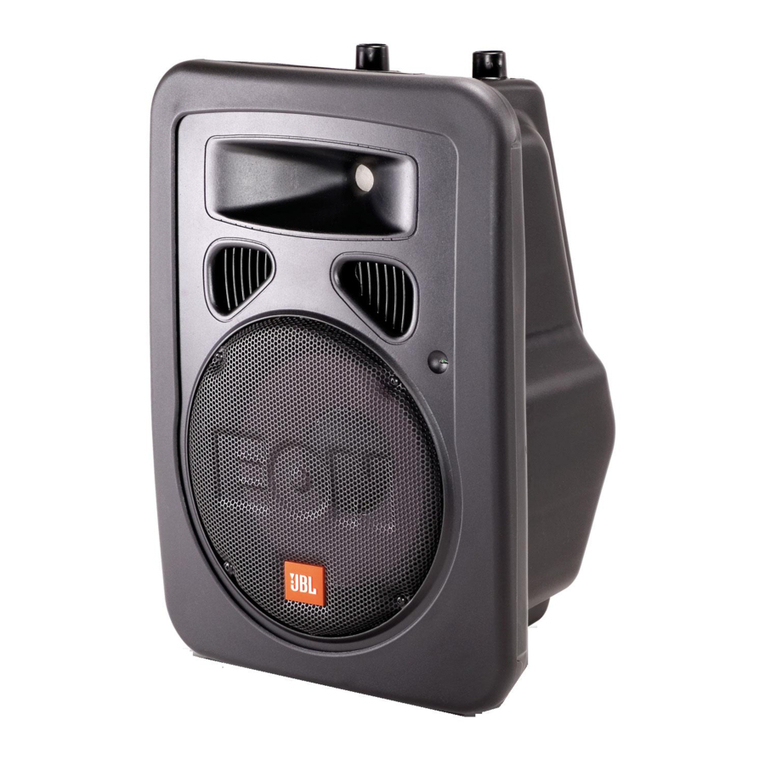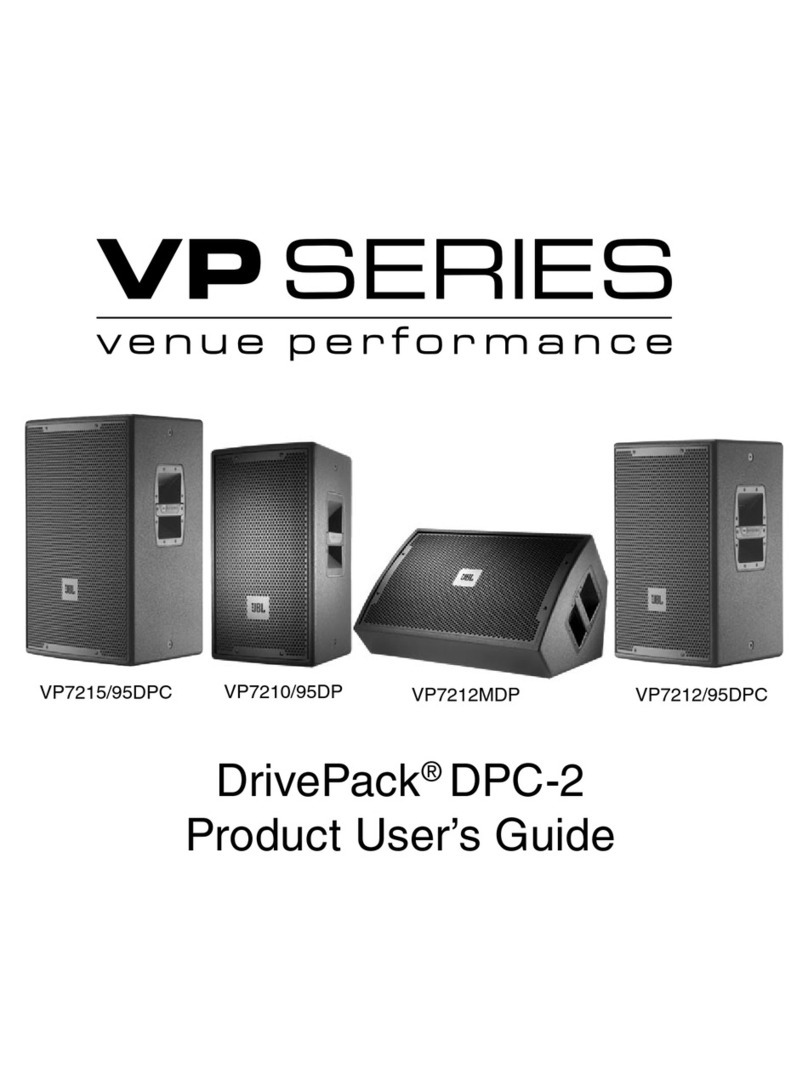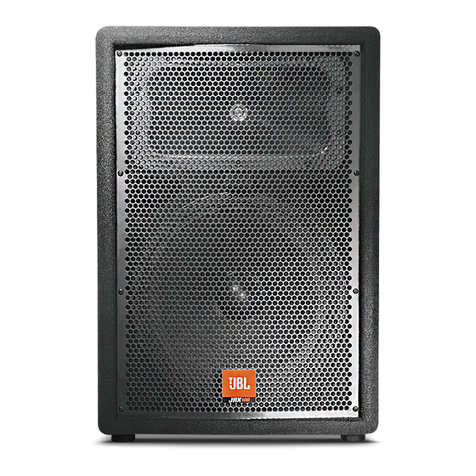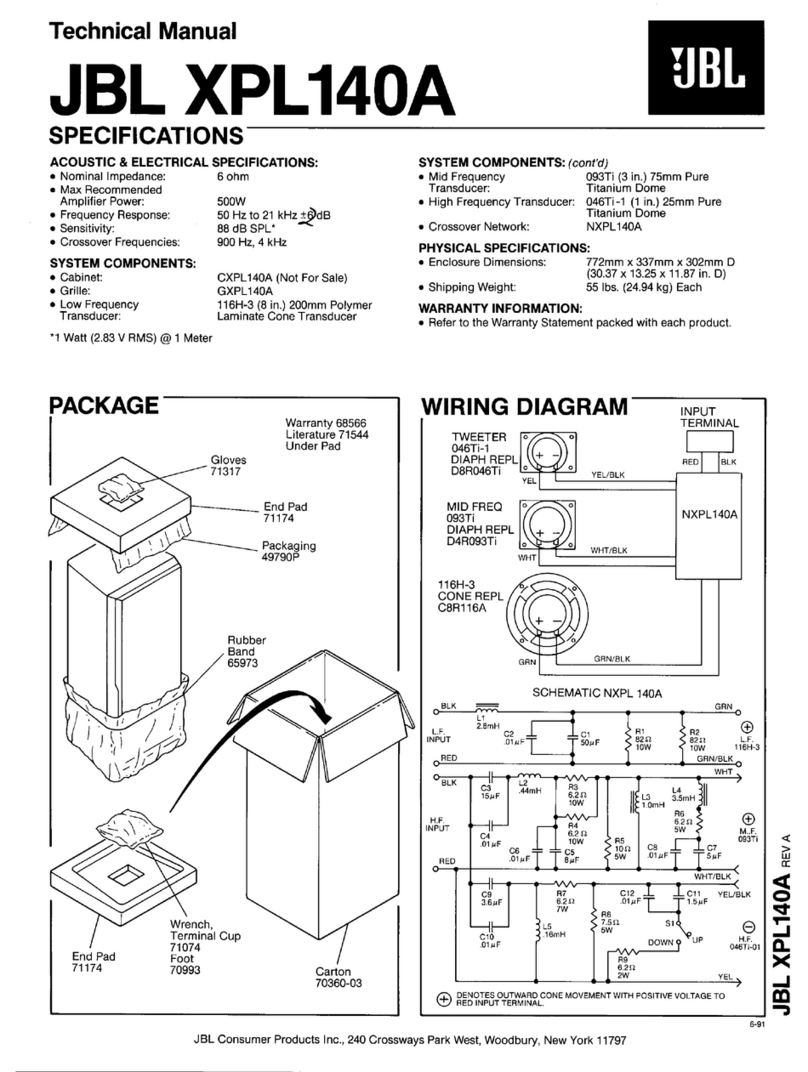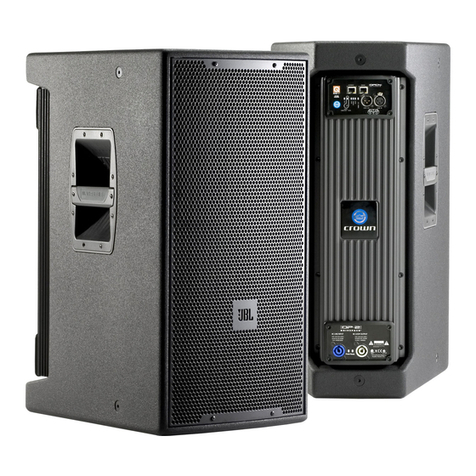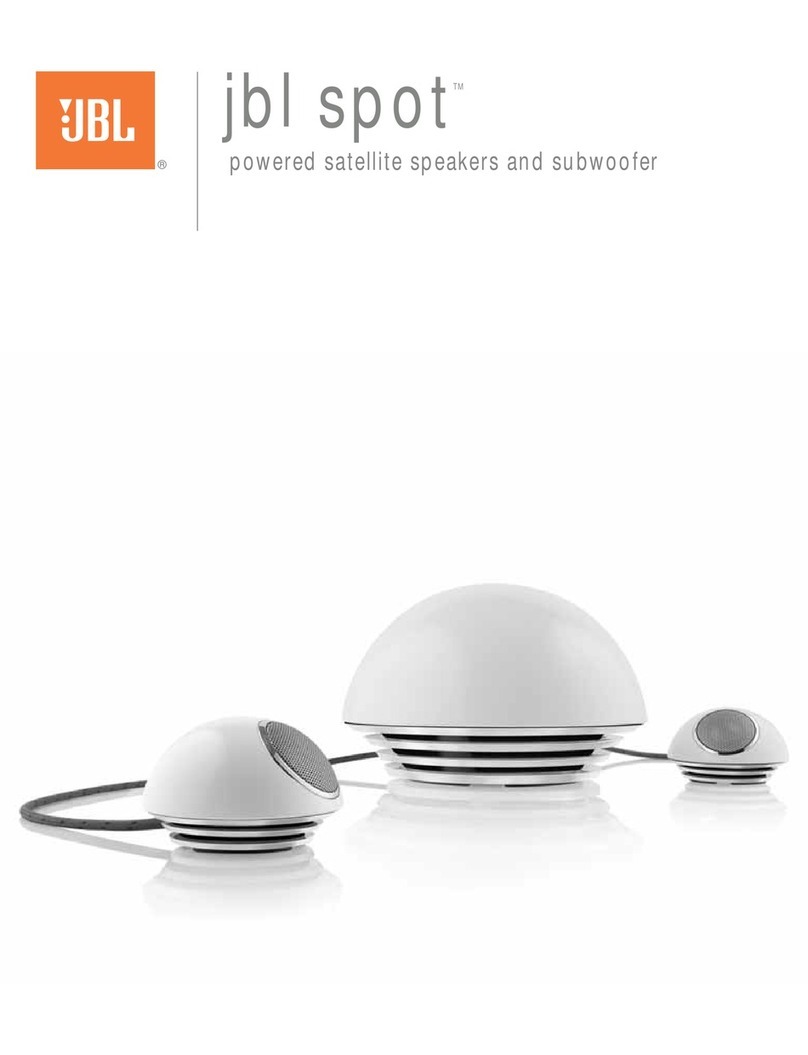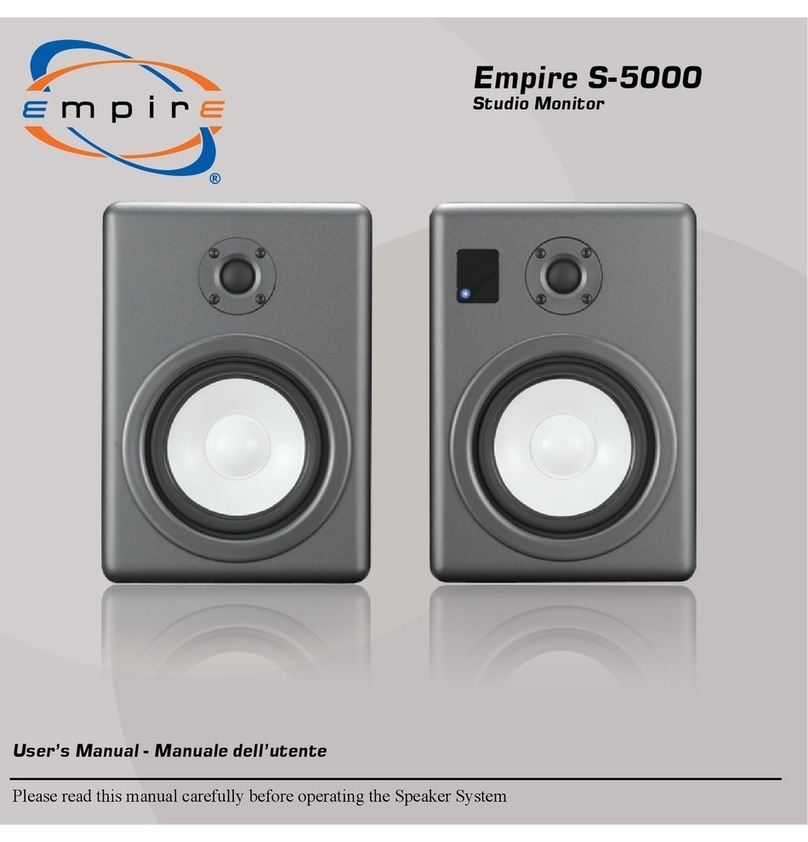MODELS SP5, SP6, SP8 AS REAR SPEAKERS
MODELS SP6C, SP6CS, SP8C IN CEILING
Proper placement of the
speakers is an important step
in obtaining the most realistic
soundstage possible. These
recommendations are for the
optimum placement of the loud-
speakers. Use these placement
recommendations as a guide.
Slight variations will not dimin-
ish your listening pleasure.
The front speakers should be
placed the same distance from
each other as they are from the
listening position. They should
be placed at about the same
height from the floor as the
listener’s ears will be, with
the tweeters aimed toward the
listener at ear-level height.
In a home theater configuration,
the two surround speakers
should be placed slightly behind
the listening position and ideally
should face each other and be
at a level higher than the lis-
tener’s ears. If that is not possi-
ble, they may be placed in a
wall (or in the ceiling) behind
the listening position, facing for-
ward. The surround speakers
should not call attention to
themselves. They should
provide a diffuse, ambient
sound accompanying the main
program material heard in the
front speakers. In Dolby* Digital
and DTS®systems, aim the
tweeters toward the listening
position at ear-level height.
MODEL SP6CS
Model SP6CS has the capability
of playing two channels
through one loudspeaker,
thanks to its dual-tweeter/dual-
voice-coil construction. Since
the tweeters are close together,
in general they should be aimed
away from each other for best
coverage.
For two-channel (stereo) appli-
cations, e.g., as a single speaker
in a remote room of a distrib-
uted audio system, install the
SP6CS speaker centrally in the
ceiling for best stereo imaging,
swiveling the tweeters so that
one points toward the left and
the other toward the right of the
listening position, aimed at ear-
level height.
The SP6CS may also be used to
play the left and right surround
channels in a 5.1-channel home
theater system, in which case it
should be mounted in the ceil-
ing slightly behind the listening
position, centered from left to
right and with the tweeters
pointing toward the left and
right of the listening position,
aimed at ear-level height. For
7.1-channel systems where it
is desired to use two SP6CS
speakers, one to play both the
left surround and surround
back channels and the other to
play both the right surround and
surround back channels, mount
each SP6CS speaker in the
ceiling, slightly behind the lis-
tening position, one closer to
the left side of the room and the
other closer to the right side.
Aim the tweeters away from
each other, toward the front
and rear of the room.

